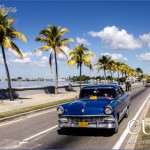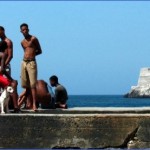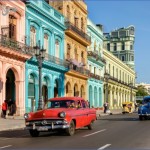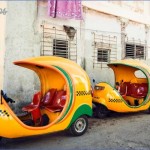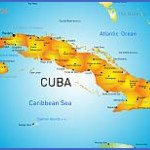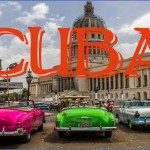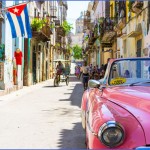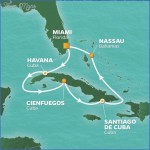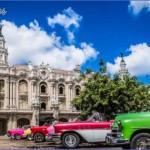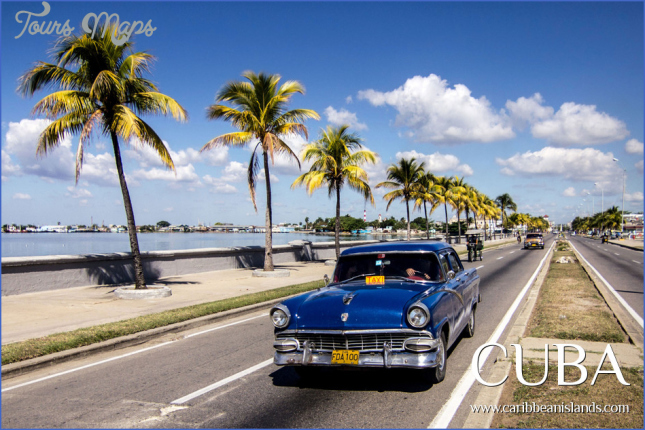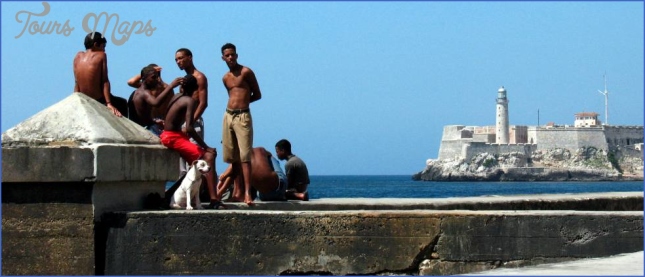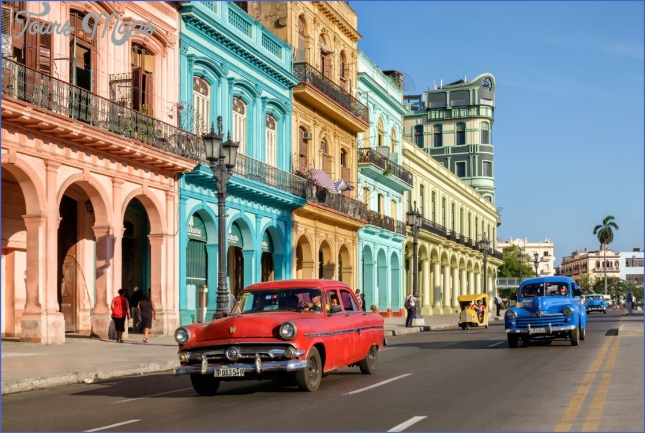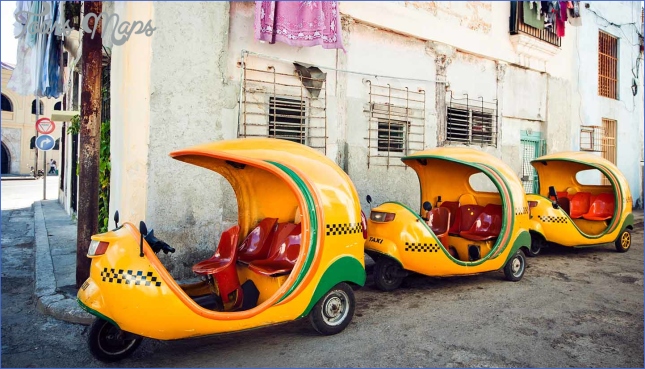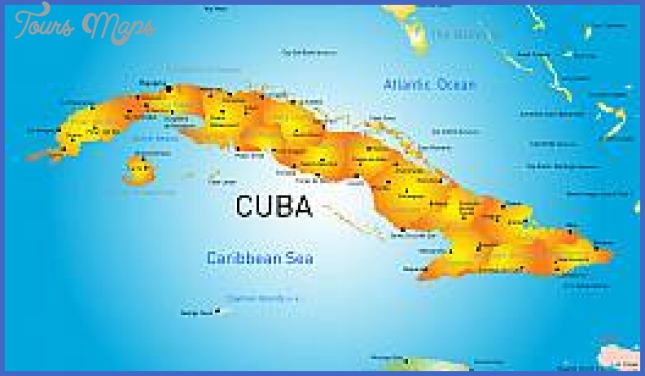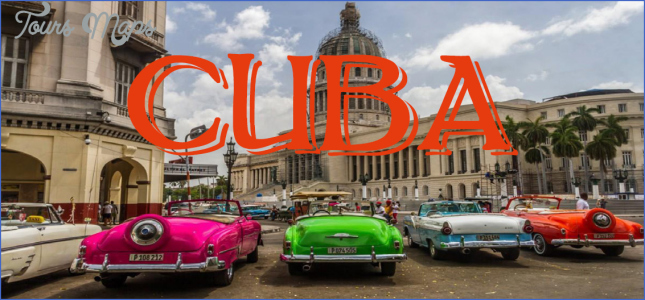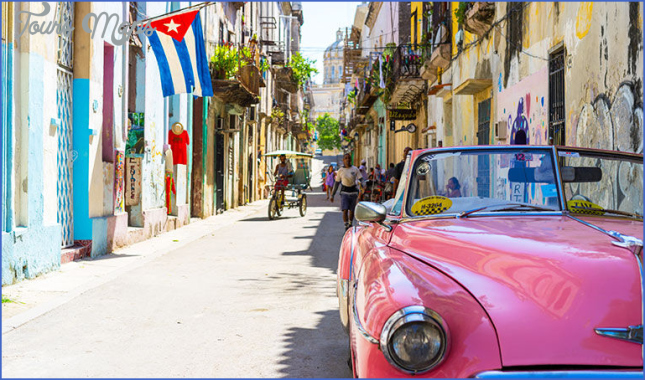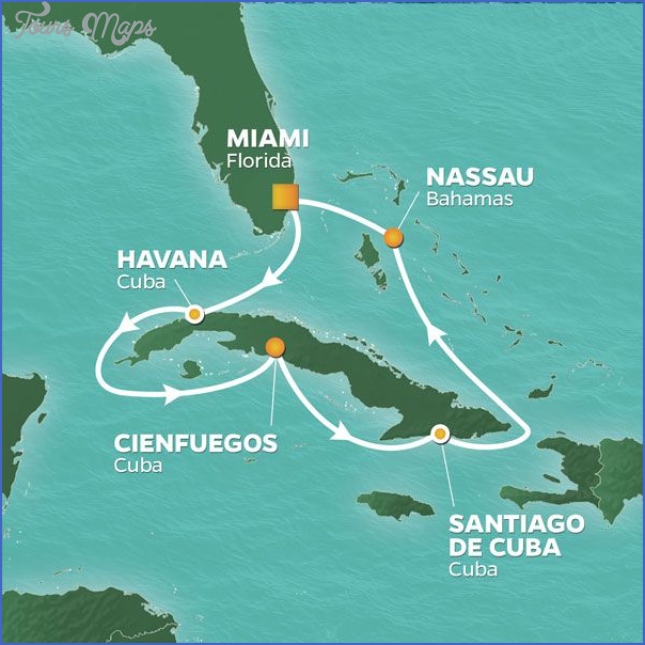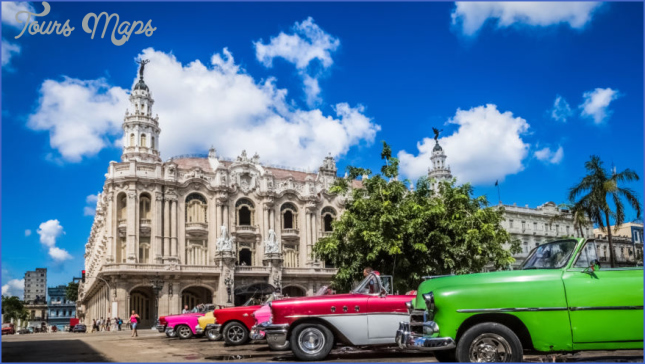Mendive’s output derives from a strong awareness of Afro-Cuban symbolism and elements of santeria. As dedicated Cuba travel photographer/author African-American Byron Motley points out in his recent book Embracing Cuba about Mendive, “His artistic approach is deeply inspired by his personal relationship with Afro-Cuban santeria. Often using naked actors and dancers as his canvas, his primitive-style images rooted in the Yoruba religion and featuring West African visual motifs transform body painting into living works of art.
Cuba Photo Gallery
These ‘performance processions’ usually occur to live music and are always presented in conjunction with his public exhibitions.” Motley is part of a growing but still small phenomenon of seasoned writers, photographers and art experts now leading small and bespoke tours of the Cuban capital and beyond (www. embracingcuba.com). And while travel interests including food, baseball and music form significant attraction to visitors here, for the artconscious traveler certainly Afro-Cuban visual forms also present a vibrant, accessible and stunning category in itself to engage with at a variety of locations around the city. In addition to Mendive, other notable contemporary Afro-Cuban artists to watch out for include Gonzalo Rubalcaba and Gerardo Alfonso, although there are more than a few others too. A forerunner to the current generations of Afro-Cuban art is found in the career of Wilfredo Lam, whose work is most extensively on display at the Wilfredo Lam Contemporary Art Center in Old Havana.
The Afro-Cuban visual aesthetic of the first half of the twentieth century is also present in the diverse work of such figures as Leopoldo Romanach, Fidelio Ponce and Mariano Rodriguez. The Havana fringe— galleries, studios, street scenes and festivals Beyond the area of old Havana, the creative energies found in the neighborhoods of the city form a critical ingredient in the mix and profile to be explored at any time here. For instance, one popular outdoor canvas is walls painted by muralist Salvador Gonzalez Escalona, whose work has been exhibited internationally and at such major showcases as the Casa de Africa and is always on view in the Central Havana area at the Callejón de Hamel. Again, the influence and expression is AfroCuban and santeria in spirit, and the range of source of materials used is unexpected and memorable (www. afrocubaweb.com/salvadorgonzalez/ salvadgonz.htm). Not to be missed at the edge of the Vedado district is the imaginative venue and creative pulse always found within Fabrica de Arte (www. fac.cu), a former factory converted nowadays into a multilevel showcase and performance space for a variety of arts. The visual arts in particular are prominent here and always changing thanks to ongoing and periodic exhibits and the Fabrica’s gallery spaces.
The notion of a cultural center or “casa de cultura” was an important milestone in the years following the Revolution, and Vedado is one area to investigate for this, starting with the Casa de Las Américas (www.casa. co.cu), where a spectrum of not only classes but national and international conferences and festivals are held— literary, musical, artistic. Many of today’s formally trained younger generation of exhibited and thriving artists are the product of the capital’s Instituto Superior de Arte (ISA, Playa, Havana), and if you can get an invitation or visit as part of an arts tour, the encounter and facilities are well worth the time. Among those engaged in leading arts-focused tours into some of these outlying but important hubs of the arts is Cuban art and design authority Michael Connors (www.michaelconnorsinternational. com), who points to the output and eclectic range of such former ISA students as Kelvin López Nieves at his Vibora district studio. Cuban women in the arts have also contributed prominently to the current visual output on display around the capital and overseas. One such is Ketty Rodriguez, another product of the ISA fulcrum of art studies. Rodriguez’s canvases have recently been the featured exhibit at such prominent locations as Galería Bruzón in Old Havana and as far away as Avery Galleries in the U.S. All of this palette of expression and venue represents just a slice of the extraordinary range and diversity of Havana’s vast visual arts scene. Approach it from one of the itineraries available to arts-focused tour groups or include your own individual mustdos within the schedule. At some point and in some visit, you may well have the chance to include the city’s preemininent festival of art, the Biennal de la Habana, organized by Wilfredo Lam Contemporary Art Center on a biannual basis (www. bienalhabana.cult.cu). But for the most part, the visual arts feast is here and waiting for you to dip into time and again, coming away with something quite different from each journey.
Maybe You Like Them Too
- Top 10 Islands You Can Buy
- Top 10 Underrated Asian Cities 2023
- Top 10 Reasons Upsizing Will Be a Huge Travel Trend
- Top 10 Scuba Diving Destinations
- World’s 10 Best Places To Visit

